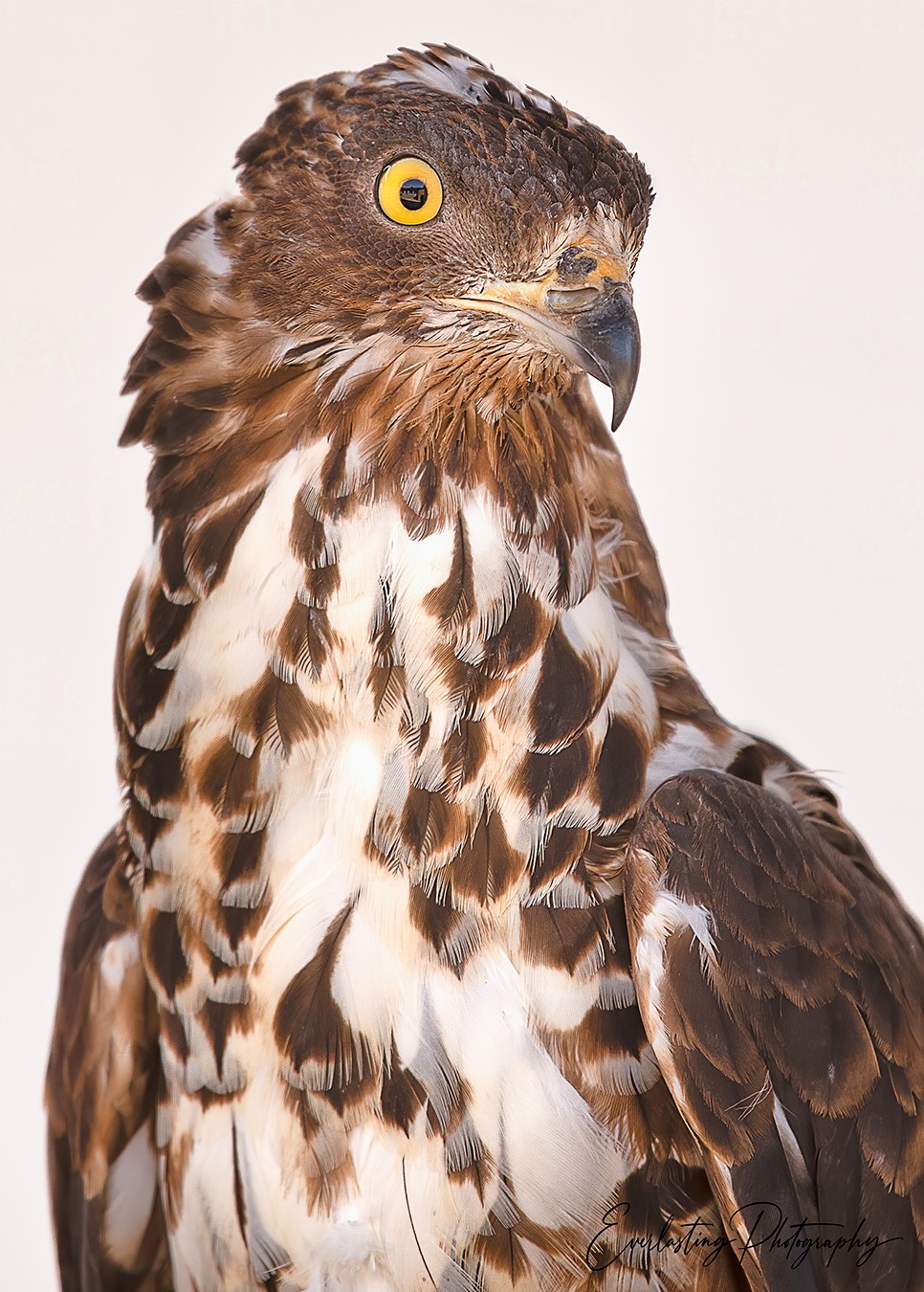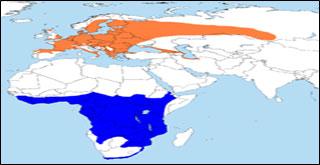
Everlasting Photography
Honey Buzzard
"Manuka"
Our Honey Buzzard was brought to us after he was mistakenly picked up from the wild as a chick and hand reared. Manuka is very tame and quite the character. As he would not be able to fend for himself in the wild he flies free here daily but we make sure he is well fed and has a nice safe place to sleep at night
HONEY BUZZARD FACTS
Pernis apivorus
TERRITORY/LOCATION
The Honey buzzard is a summer migrant to most of Europe and western Asia, wintering in tropical Africa. Being a long distance migrant, the honey buzzard relies on magnetic orientation to find its way south, as well as a visual memory of remarkable geographical features such as mountain ranges and rivers, along the way. The bird is an uncommon breeder in, and a scarce though increasing migrant to, Britain. Its most well-known summer population is in Hampshire but it is also found in Northumberland, Dorset, Norfolk, South Wales, Nottinghamshire, North Yorkshire, Devon and elsewhere.
HABITAT
Across its summer breeding range, the European honey-buzzard prefers mixed deciduous or coniferous lowland forest and woodland, typically where there are open patches and clearings. Wintering habitat across Africa varies depending on the region, although it is most often known from equatorial forest edges and clearings, and also moist woodland and occasionally lowland rainforest.
CONSERVATION STATUS
Least Concern

DIET
It is a specialist feeder, living mainly on the larvae and nests of wasps and hornets, although it will take small mammals, amphibians reptiles and bird also fruits and berries. It is the only known predator of the Asian giant hornet. It will spend large amounts of time on the forest floor excavating wasp nests. It is equipped with long toes and claws adapted to raking and digging, as well as scale-like feathering on its head, thought to be a defence against the stings of its victims. It is thought that honey buzzards have a chemical deterrent in their feathers that protects them from wasp attack.
SIZE/WEIGHT
52–60cm long, 135–150cm wingspan, weighing 440 - 1,050 g
NESTING
Breeding occurs from mid-June onwards, and is timed to correspond with peaks in abundance of bees and wasps, will lay 2-4 eggs
LIFE EXPECTANCY
28 years oldest recorded in the wild
SCIENTIFIC
CLASSIFICATION
KINGDOM
Animalia
PHYLUM
Chordata
CLASS
Aves
ORDER
Accipitriformes
FAMILY
Accipitridae
GENUS
Pernis
SPECIES
P. apivotus
